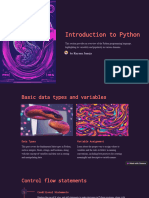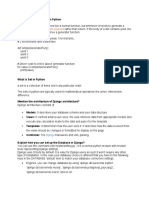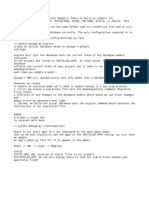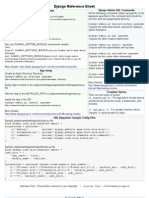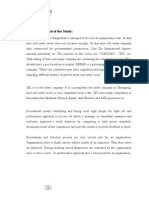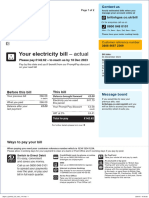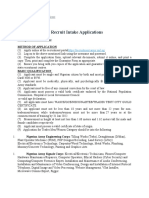0% found this document useful (0 votes)
42 views10 pagesPython PPT
This document provides an introduction to file writing in Python and managing tables in Django, targeting beginners with basic knowledge. It covers essential file operations, advanced writing techniques, error handling, and the use of Django ORM for creating and updating database tables. Key takeaways include safe file handling practices, effective use of migrations, and CRUD operations for data management.
Uploaded by
preethippalankarCopyright
© © All Rights Reserved
We take content rights seriously. If you suspect this is your content, claim it here.
Available Formats
Download as PPTX, PDF, TXT or read online on Scribd
0% found this document useful (0 votes)
42 views10 pagesPython PPT
This document provides an introduction to file writing in Python and managing tables in Django, targeting beginners with basic knowledge. It covers essential file operations, advanced writing techniques, error handling, and the use of Django ORM for creating and updating database tables. Key takeaways include safe file handling practices, effective use of migrations, and CRUD operations for data management.
Uploaded by
preethippalankarCopyright
© © All Rights Reserved
We take content rights seriously. If you suspect this is your content, claim it here.
Available Formats
Download as PPTX, PDF, TXT or read online on Scribd
/ 10












